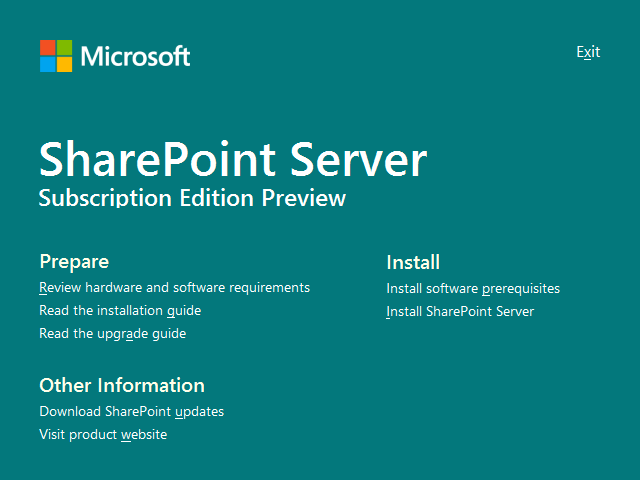
How to use SharePoint to Manage Regulatory Compliance
SharePoint can be a powerful tool for managing regulatory compliance, provided it is configured and used correctly. Imaginet works with many of our clients to help them ensure they are meeting their regulatory requirements as well as maintaining good data governance. Regulatory compliance is really a subset of data governance, as regardless of regulations, you always want your data to be available to the correct audience with the correct level of access.
The first step is to ensure you have a proper information architecture and site taxonomy with SharePoint. This will enable the following:
- Improved search: With a well-structured site taxonomy and information architecture, SharePoint’s search function can more accurately find relevant content, making it easier for users to find what they need quickly.
- Better collaboration: A well-designed site taxonomy and information architecture make it easier for users to collaborate and share content. It can also reduce the likelihood of duplicate content being created.
- Increased productivity: With a clear understanding of where content is located within SharePoint, users can work more efficiently and effectively, reducing the time spent searching for information.
- Better compliance: An organized site taxonomy and information architecture can help organizations ensure that their content is properly classified and managed, reducing the risk of compliance violations.
Once a baseline information architecture and site taxonomy is established, you can focus on implementing your specific compliance needs. Imaginet uses the following steps with our clients to achieve compliance:
- Understand the regulatory requirements: The first step in managing regulatory compliance is to understand the specific requirements of the regulations you are subject to. This may involve consulting with legal or regulatory experts to ensure that you have a complete understanding of the requirements.
- Develop policies and procedures: Once we have a clear understanding of the regulatory requirements, we can develop policies and procedures that outline how your organization will comply with them. These policies and procedures should be documented and made easily accessible to all relevant stakeholders.
- Create a compliance site: In SharePoint, we create a dedicated compliance site where you can store all relevant documents, policies, and procedures related to regulatory compliance. This site should be easily accessible to all stakeholders and should be regularly updated as regulations change.
- Assign ownership and responsibilities: It is important to assign ownership and responsibilities for managing regulatory compliance within your organization. This may involve designating a compliance officer or team and ensuring that all relevant stakeholders are aware of their responsibilities.
- Monitor and audit compliance: To ensure that your organization is complying with regulations, it is important to monitor regularly and audit compliance. SharePoint can be used to create workflows and alerts that remind stakeholders of upcoming compliance deadlines and requirements and to track compliance-related activities.
By following these steps, you can use SharePoint to manage regulatory compliance in your organization, ensuring that you stay compliant with regulations and avoid costly penalties or fines. Harness the Full Power of SharePoint: Discover the Benefits of Imaginet’s Professional Consulting Services. Contact us to request a free consultation.
Thank you for reading this post! If you enjoyed it, I encourage you to check out some of our other content on this blog. We have a range of articles on various topics that I think you’ll find interesting. Don’t forget to subscribe to our newsletter to stay updated with all of the latest information on Imaginet’s recent successful projects
Related articles:

discover more
The Power of DevOps in Business Intelligence
Common pain points experienced when building Business Intelligence (BI) data assets and how Imaginet uses DevOps to mitigate them. If you’re a Business Intelligence developer, have you experienced some of…
New Version of SharePoint On-Premise
SharePoint has been a leading content management and collaboration tool for organizations for over two decades. With the release of the new version of SharePoint On-Premise, users can expect to…
What Is A Hybrid Workplace?
Discover the advantages of a hybrid workplace and how it can help your business succeed. Learn how to create a flexible work environment that allows employees to work remotely while…
Let’s build something amazing together
From concept to handoff, we’d love to learn more about what you are working on.
Send us a message below or call us at 1-800-989-6022.





